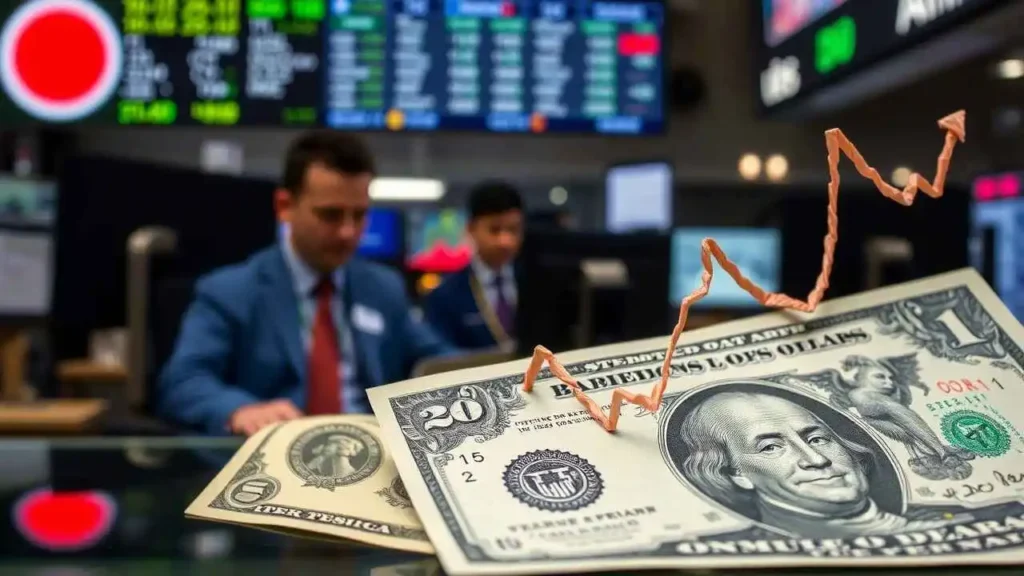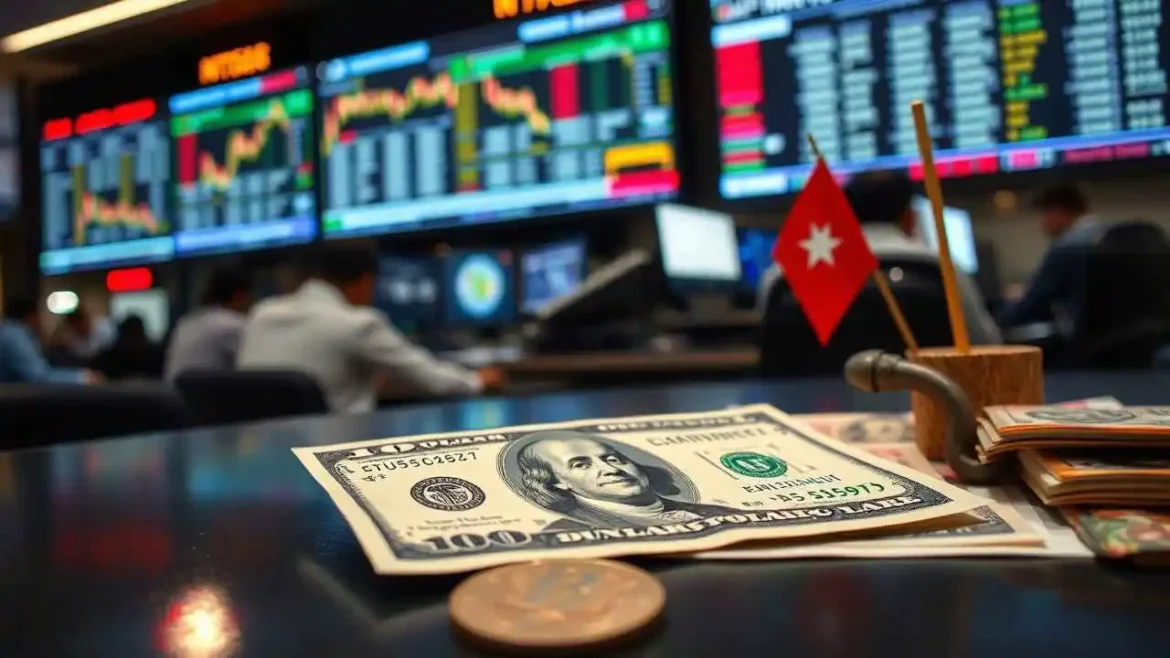
Dollar Languishes Ahead of Key Fed Meeting, Asian Currencies Calmer
As we navigate the complex global financial landscape, our attention is consistently drawn to the pulsing heart of monetary policy in the United States: the Federal Reserve. In recent days, we’ve observed a notable trend – the US dollar, the world’s preeminent reserve currency, has shown signs of languishing, trading softer against many of its peers. This period of relative weakness arrives precisely as markets brace themselves for the Federal Open Market Committee (FOMC) meeting, a pivotal event expected to shape interest rate expectations and provide crucial forward guidance. Simultaneously, we’ve noted a comparative sense of calm prevailing across many Asian currency markets, which appear to be weathering the pre-Fed uncertainty with greater resilience than in previous cycles.
This confluence of a weaker dollar and stable Asian currencies presents an interesting dynamic, one that warrants careful examination. It suggests a market environment heavily focused on the anticipated outcomes from Washington D.C., while simultaneously reflecting potentially shifting internal dynamics and reduced vulnerability in parts of the Asian economic sphere.
The Dollar’s Pre-Fed Pause
The US dollar’s recent performance has been subdued. We’ve seen the Dollar Index (DXY), which measures the greenback against a basket of major currencies, drift lower. This softness isn’t uniform, but it’s broad enough to signal a collective market posture. What drives this pre-meeting weakness? Primarily, it’s the intricate dance of market expectations surrounding the Federal Reserve’s future actions.
Throughout aggressive monetary tightening cycles, the dollar typically benefits from higher US interest rates, which attract global capital seeking yield. The narrative over the past year or so has been one of the Fed hiking rates aggressively to combat inflation. This has kept the dollar strong. However, as inflation has shown signs of moderating and there’s increasing speculation that the Fed’s hiking cycle is nearing its peak, or potentially even concluding, the allure of the high-yielding dollar begins to wane.
Markets are forward-looking mechanisms. Traders and investors are actively trying to “price in” the probability of different Fed outcomes. If the prevailing expectation is that the Fed might pause rate hikes, signal an end to tightening, or even hint at potential rate cuts further down the line, the incentive to hold dollar-denominated assets purely for their yield diminishes. This anticipation translates into selling pressure or reduced buying interest for the dollar, causing it to languish.
We also see other factors at play influencing this dollar softness:
- Shifting Global Growth Prospects: While the US economy has shown surprising resilience, concerns about the global growth outlook persist. However, if other major economies show signs of stabilization or marginal improvement compared to previous dire forecasts, demand for the safe-haven dollar might lessen.
- Treasury Yields: Long-term US Treasury yields, though still relatively high historically, have also seen fluctuations based on inflation data and growth forecasts. Lower yields can make dollar assets less attractive compared to those denominated in other currencies.
- Technical Factors: Currency markets are also influenced by short-term technical trading patterns and positioning, which can exacerbate underlying fundamental drivers.
The upcoming FOMC meeting is therefore not just about the rate decision itself – whether they hike, pause, or cut (though a cut is highly unlikely at this stage). It’s arguably more about the nuances of the post-meeting statement, the updated economic projections (the “dot plot”), and critically, Chair Jerome Powell’s press conference. Markets will dissect every word for clues about the Fed’s confidence in the inflation trajectory, their views on the labour market, and their reaction function to incoming data. Any perceived dovishness – hints that they are less concerned about inflation or more concerned about growth risks – could further pressure the dollar. Conversely, a surprisingly hawkish stance could trigger a sharp dollar rebound.
Here’s a general look at recent illustrative performance ahead of the meeting:
| Currency Pair / Index | Recent Performance (Illustrative %) | Interpretation Against USD |
| EUR/USD | +0.XX% | Euro gaining against USD |
| GBP/USD | +0.YY% | Pound gaining against USD |
| USD/JPY | -0.ZZ% | Yen gaining against USD |
| USD Index (DXY) | -0.WW% | USD weakening overall |
| USD/CNY | -0.VV% | CNY gaining against USD |
| USD/KRW | -0.UU% | Won gaining against USD |
Note: Table values are illustrative of the general trend observed ahead of such meetings where the dollar softens based on anticipates dovishness.
Asian Currencies Hold a Calmer Course





